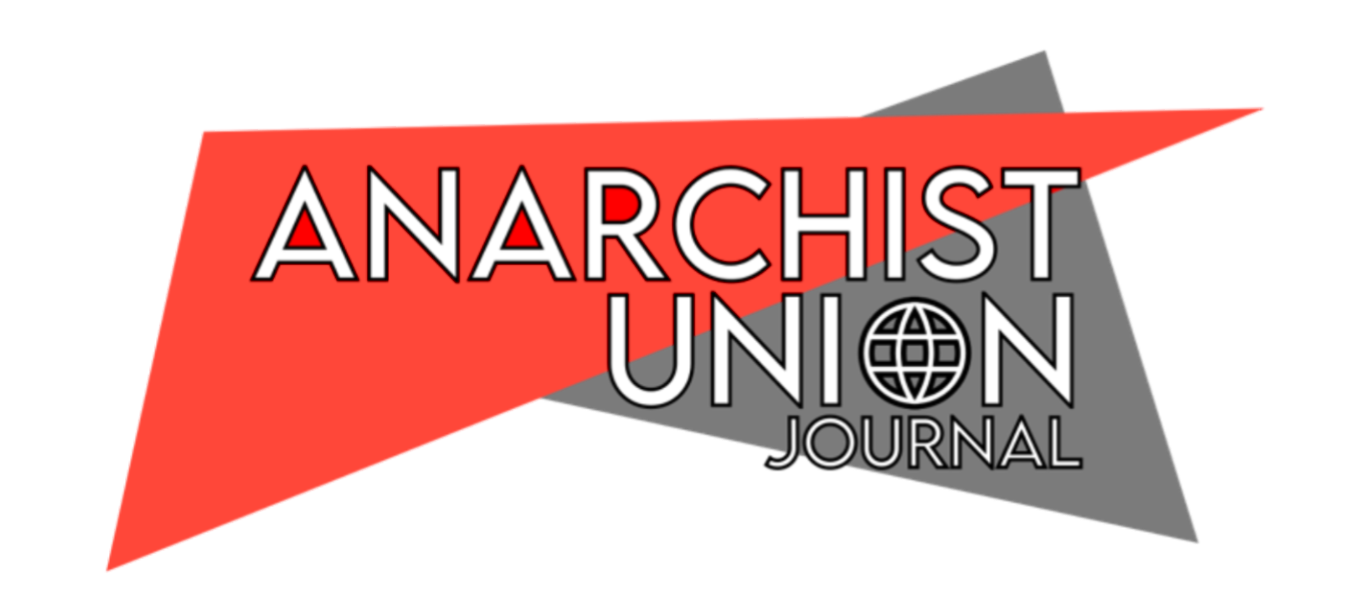The year 2023 is officially the worst recorded fire season in so-called Canada. And was the case even before the middle of summer, when more than 8 million hectares were burned.
These wildfires have deeply impacted many communities around the world. They have most severely impacted local Indigenous communities, because their territories are northern, rural, or wilderness.
Indigenous Services Canada says that more than 21,000 people from 45 Indigenous communities have been forced to leave their homes so far in 2023. In fact, Indigenous people are more than ten times more likely to die in a fire than non- Indigenous people.
The impacts are communal and threaten the very cultures of Indigenous communities. The land scorched in wildfires sustains treaty rights, such as hunting and cultural practices. Indigenous people warn that in the absence of serious transformations in relations with nature, the land and traditional ways of life are threatened. Those that created the problem can’t solve what they’ve caused, since they’re also part of the problem.
But if somebody must do something… Who can? And how? In the USA and Canada, Indigenous communities have recently been putting their own lives at stake on the forefront of struggles against extractive capital and fossil fuel industries.
Wet’suwet’en land defenders and Wet’suwet’en hereditary chiefs have been engaged in powerful struggles for several years against the Coastal GasLink pipeline. The pipeline is being constructed across their territories to connect shale gas sources with two liquefaction and export facilities (LNG Canada and Cedar LNG) in Kitimat on the northwest coast.
Gidimt’en is one of five clans of the Wet’suwet’en Nation. They established a checkpoint to control access to Cas Yikh House territory within the larger Gidimt’en clan territory (by the Morice River). Because of this they faced harsh repression, which led to allies in 2020 carrying out massive train blockades across Canada in solidarity with the Wet’suwet’en.
More fierce resistance comes from the Secwepemc land and water defenders who have engaged in lengthy struggles to stop the expansion of the Trans Mountain pipeline across their unceded territory. They physically blocked access to pipeline construction by building tiny houses along the pipeline route which serve as mini barricades.
So far, they have built six houses on their territory near Blue River and Moonbeam Creek. The tiny houses serve a dual purpose. In addition to providing a physical barrier or blockade, the tiny houses also provide community housing for their families.
A challenge remains for rank-and-file workers and anarchists: build solidarity with Indigenous land and water defenders, as in the recent “Shut Down Canada” blockades in support of Wet’suwet’en land defenders. Let’s spread knowledge about these struggles in our local and international networks and we’ll get to a point where we’ll reach a local and international critical number. If we get organized with anarcho-syndicalist internationalist principles and aims, we’ll be better able to act in solidarity to stop that fossil fuel addicted machine and achieve an anarchist, decolonial and sustainable world.


